|
| "We choose to go to the Moon" is the well-known tagline from a speech about the effort to reach the Moon delivered by United States President John F. Kennedy to a large crowd gathered at Rice Stadium in Houston, Texas on September 12, 1962. The speech was intended to persuade the American people to support the Apollo program, the national effort to land a man on the Moon.
In his speech, Kennedy characterized space as a new frontier, invoking the pioneer spirit that dominated American folklore. He infused the speech with a sense of urgency and destiny, and emphasized the freedom enjoyed by Americans to choose their destiny rather than have it chosen for them. Although he called for competition with the Soviet Union, he also proposed making the Moon landing a joint project.
The speech resonated widely and is still remembered, although at the time there was disquiet about the cost and value of the Moon-landing effort. Kennedy's goal was realized in July 1969, with the successful Apollo 11 mission.
Today is the 50th anniversary of man’s landing on the moon. It was one of those moments that, if you are old enough, you always remember where you were when it happened. I was watching a grainy image on a small television in the “Officers Club” of the HHC 159th Engineer Group in Long Binh, Vietnam, courtesy of the Armed Forces Vietnam Network (AFVN). AFVN operated both radio and television stations in Vietnam, including the radio program featuring Adrian Cronauer of “Good Morning Vietnam” fame.
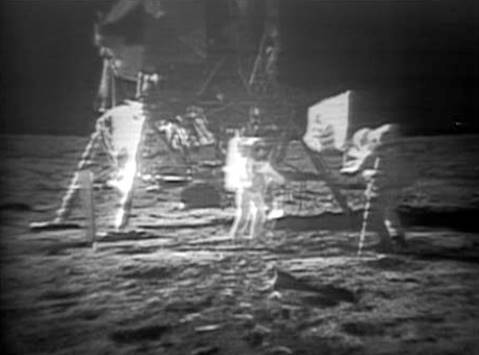
Figure 1 - Apollo 11 Moon landing on television
At that time (July 1969) the HHC 159th Engineer Group Officers Club was a small dark, dingy and windowless room carved out of a corner of the headquarters company Mess Hall. It had a few chairs and tables and a bar along one wall, tended on a nightly basis by a young Vietnamese woman, Cô Thu. Cheap beer and air conditioning were its only attractions, along with a bad TV with lame programming.
Towards the end of 1969, the 159th Engineer Group commander, Col. Bratton, approached me, as an architect, about a project to upgrade the Officers Club, making it his personal priority project. By late 1969, the American presence in Vietnam was winding down, base construction had been halted, and Army engineers were finally getting a respite. I attacked the project with alacrity, finding it much more satisfying than building bunkers and revetments. Having access to the 46th Engineer Battalion Carpenter Shop next door made it all possible.
I crafted a design that covered the plywood walls with natural finished, locally obtained, wood paneling, created coffers in the ceiling top lit with lighting over translucent panels made to look like skylights. Lighting fixtures were made from two types of bamboo baskets, readily available at the local market. I created built-in seating along the walls with foam cushions, covered with Marimekko fabrics that I bought in Sidney when I was on R&R during New Year 1970. The floors were covered with seagrass mats, also from the local market. The existing doors were replaced with glazed French doors fabricated at the Carpenter Shop with inner wood louvered shutters ordered from a local business. The project was completed just prior to my departure in March of 1970. The whole thing was probably a serious breach of multiple Army regulations and clearly a waste of taxpayers’ money, but it was fun.
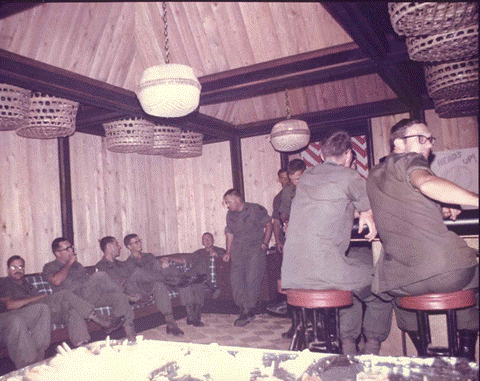
Figure 2 - Redesigned Officers Club, probably about February 1970
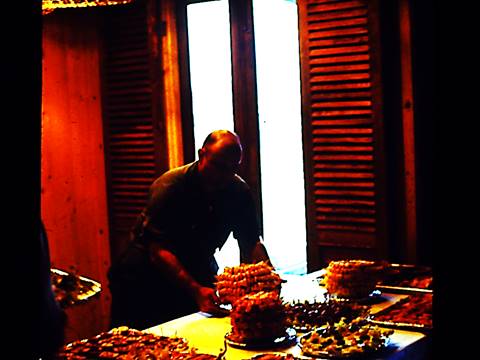
Figure 3 - Dedication of the redesigned Officers Club. Note new French doors and louvers.
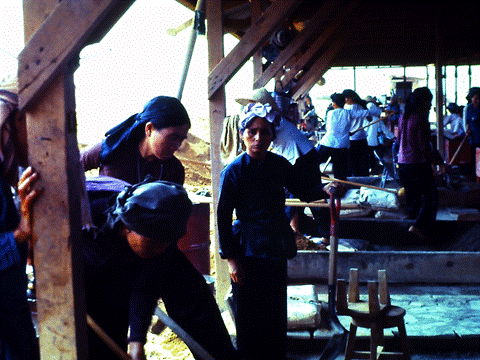
Figure 4 - The 46th Engineer Battalion Carpenter Shop
As a kid, I was obsessed with rocketry and space travel. For several years, I made multiple scrapbooks with every magazine article and newspaper clipping I could find about rockets and space. I followed the launching of Sputnik, Vanguard and Explorer with fascination. I built models of rockets and launch pads and blew up more than one experimental rocket.
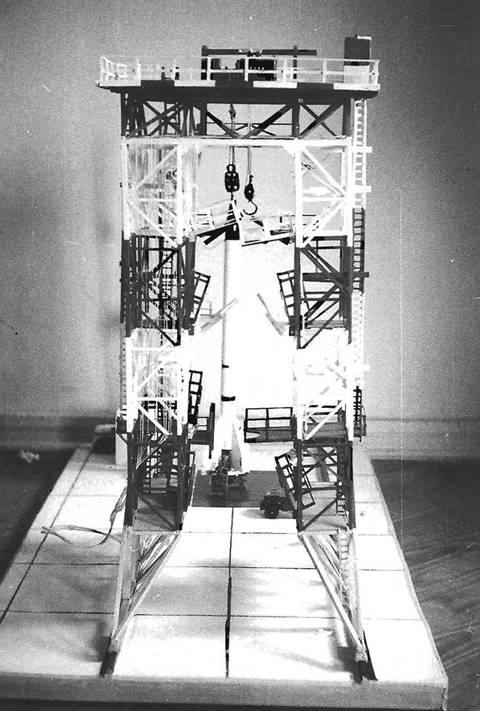
Figure 5 - Model of a rocket and service gantry I built as part of an 8th grade science project in 1957.
When I was in the 8th grade, my father was invited to a weekend of duck hunting at a club in eastern Arkansas near Stuttgart, and he took me with him. Duck clubs were common in those days in eastern Arkansas, and may still be. This one was just a modest shack with a single room full of bunk beds, a kitchen and a bathroom. It had a small dirt airstrip. It was adjacent to a large area where tens of thousands (millions?) of ducks passing along the Mississippi Flyway rested and ate leftover corn and rice in flooded fields and woods. As was the custom in those days, cooking and cleaning (including cleaning and plucking ducks) was done by a crew of “trustee” convicts rented from a nearby prison.
What does this have to do with rockets and space travel? Well, much to my surprise, one of the guests that weekend at the duck club was Dr. Wernher von Braun, and a half dozen rocket scientists who had flown into the club’s tiny airstrip in a small plane from Huntsville, AL, home of Redstone Arsenal. Von Braun was the chief architect of the Saturn V super heavy-lift launch vehicle that propelled the Apollo spacecraft to the Moon! If there was a single person most responsible for making the Moon landing possible, it was von Braun. Needless to say, I was an awestruck 14-year old. I spent three days duck hunting and eating with von Braun and his fellow scientists and sleeping just a few feet from him.
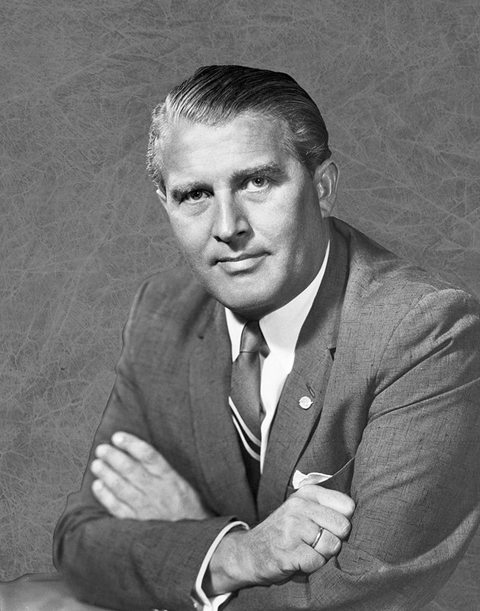
Figure 6 - Dr. Wernher von Braun
|

